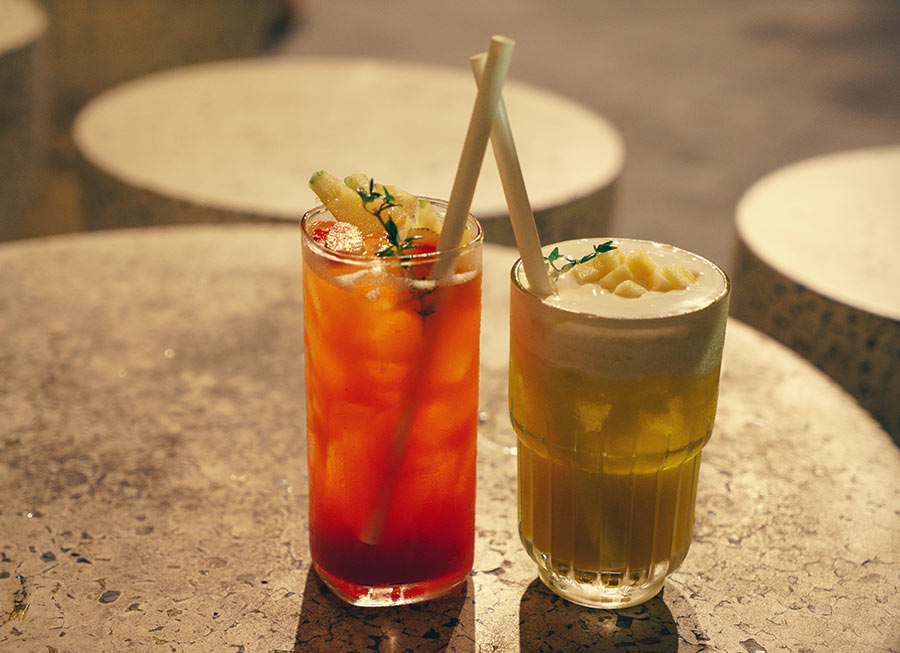The Philippines is a land rich in culture and history, where its unique story is brewed, distilled, and bottled through generations. This includes the country’s thirst for alcoholic beverages, where are more than just ways to get drunk. Instead, they’re part of the Filipino’s way of life, encapsulating centuries of traditions, struggles, and triumphs.
The Place of Alcohol in Philippine History
Way before the Spanish arrived, indigenous communities had already mastered the art of brewing. But when they colonized the Philippines, they introduced new distillation methods. And with sugarcane as a newfound ingredient, it led to a creation of a new generation of Filipino spirits.
Beside being a recreational beverage, these spirits also became symbols of hope and resilience as Filipinos navigated the challenges of oppression. They were a way for Filipinos to keep their identity alive despite being under foreign rule. The act of producing, distributing, and consuming these beverages was also a quiet act of defiance against the colonial rule.
Today, these indigenous alcoholic beverages are still important (and relevant!) in Filipino culture. They’re used in all sorts of rituals and ceremonies, from birthdays, to weddings, to harvests, and even rites of passage, serving as offerings to deities or tokens of goodwill. Of course, they’re also a popular way to socialize and have fun.
One of the most popular examples is lambanog. It’s a traditional coconut wine that’s believed to bring good luck and blessings, carrying with it notions of purity, fertility, and prosperity. It’s often shared at weddings and would you believe it, with pregnant women.
Another popular drink is basi. Also a fermented sugarcane wine, it’s typically consumed during feasts and celebrations used in some traditional rituals, such as the Ifugao rice terraces’ harvest festival.
The Modern Influence and Challenges
Like many traditions, indigenous Filipino alcoholic beverages face challenges in the modern world. As demand skyrockets for both the local and export markets, commercialization and globalization can lead to a dilution of authentic practices and traditional taste profiles in favor of mass production.
However, there are also opportunities for these beverages to gain a wider audience and recognition. Online platforms for example, such as the pioneering online liquor marketplace Thirst.com.ph, are making it easier for people to buy and learn about these drinks. It also provides an avenue for consumers to buy wine online in the Philippines and other alcoholic beverages with the potential to introduce these beverages to a global audience.
The rise of craft brewing and the global trend towards authenticity and tradition also offer Philippine beverages a unique space to occupy. It’s a chance to showcase their rich heritage while also evolving to cater to modern palates.
Indigenous Filipino alcoholic beverages are more than just drinks. They’re part of the Filipino people’s culture and identity, spirited tales of the past, reflections of the present, and toasts to the future. So next time you’re in the Philippines, be sure to try one of these drinks and get a taste of the country’s rich culture.
[Paid partnership with Thirst.com.ph]





